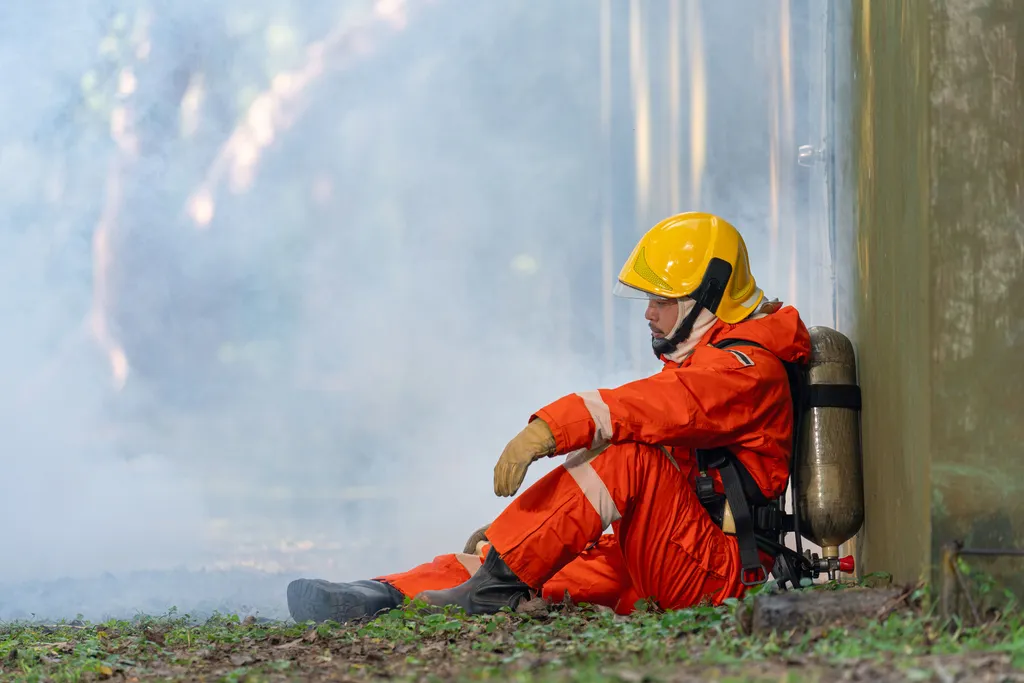In the high-stakes world of firefighting, where every second counts and every decision can mean the difference between life and death, a new study is shedding light on the critical issue of occupational safety. Published in the journal ‘Актуальные вопросы пожарной безопасности’ (Current Issues in Fire Safety), the research, led by Oleg V. Streltsov, Deputy Head of Department – Head of Sector, delves into the hazards faced by fire personnel, offering insights that could reshape safety protocols and training programs.
The study, which analyzed the structure of injury hazards among operational staff of the FPS of the Ministry of Emergency Situations of Russia, reveals that falls from heights and loss of balance are among the leading causes of injuries. “The risk of falling from a height accounts for 24% of injuries, while the risk of falling due to loss of balance stands at 15%,” Streltsov notes. These findings underscore the need for enhanced safety measures and equipment to prevent such incidents.
But the dangers don’t stop there. The study also highlights the significant risk of ground structure collapse, which accounts for 12% of injuries and a staggering 24% of fatalities. This is a stark reminder of the unpredictable and perilous nature of firefighting, where even the most experienced personnel can find themselves in life-threatening situations.
The research also points to the risk of sudden disruptions to normal conditions, including mental stress, which accounts for 13% of fatalities. This is a critical area that has often been overlooked in the past, but the study’s findings suggest it warrants greater attention. “The risk from contact with highly hazardous substances also accounts for 12% of fatalities,” Streltsov adds, highlighting another area where improved safety protocols could save lives.
For the energy sector, the implications are significant. Firefighters are often called upon to respond to emergencies in industrial settings, where the risks can be even greater. Understanding the hazards they face and implementing measures to mitigate these risks can enhance safety not only for firefighters but also for workers in these high-risk environments.
The study’s findings could shape future developments in the field, from the design of safety equipment to the training programs that prepare firefighters for the challenges they face. By addressing the root causes of injuries and fatalities, the research paves the way for a safer future for those on the front lines of fire safety.
As the energy sector continues to evolve, the need for robust safety measures becomes ever more critical. This research serves as a timely reminder of the importance of occupational safety and the role it plays in protecting those who protect us.

